|
Among the many aspects of life that are evolving because of the pandemic is residential real estate – perspectives are changing about the best places to live and people are looking for their living environments to fill a wider variety of needs. While flight from urban areas might not be as pronounced as media reports might have you believe, according to a Barclays Capital report on commercial real estate, urban developers are still feeling the need to redesign communities to attract and retain residents in creative ways: Think multifunctional spaces that allow people to live, work, socialize, work out and eat without leaving the complex. As a result, these developments are becoming a growth area for ghost kitchens. The Spoon reports that the virtual restaurant network C3 has partnered with an apartment developer to serve up meals for delivery, as well as for onsite service in bars and pool areas at communities in Phoenix and Nashville, with other cities being added soon. If your restaurant is looking for a new niche, consider making a pitch to self-contained living environments – from extended-stay hotels to apartment complexes to senior living condominium communities. These facilities may not only have the kitchen space your business needs but also the concentrated demand for food that feels special.
No doubt, the past year has been more difficult for restaurants than we care to think about. But the turning of foodservice on its head hasn’t been completely bad. In fact, it has opened some doors – particularly for nimble, entrepreneurial operators who have a knack for posting enticing food photos on social media and the ability to use tech to set up ordering and delivery. As the New York Times reported recently, there has been an explosion of inventive take-out food concepts on Instagram lately as foodservice operators have begun promoting small, rotating, deliverable menus on the platform – and with success. Some of these concepts are based on ideas that chefs have dreamed of trying for some time, but others are simply a temporary means of keeping money flowing in to pay employees, cover rent and essentially stay in business in some form until the pandemic winds down. Some chefs are even working out of simple home kitchens. Whether you’re in the position to try pop-up concepts like this or not, they are evidence of the newly stripped-down list of resources a restaurant truly needs to function, which are important to remember for the long term. Operating a restaurant is no longer about real estate but about being able to reach your customers where they are – and using the range of tools at your disposal to help. First, focus on making it easy and fast for customers to order from you online. Think about how you can profitably get food to customers – whether by aligning with a third-party vendor, offering a scheduled weekly drop-off of food (ready to eat right away or freeze), or even just making curbside pickup more appealing. Mix up your menu and promote the changes online – when you rotate new items through on a regular basis, you give your customers a reason to look for your updates each week and you naturally create new reasons to post those updates on your social media, website and email newsletter. Finally, take food photos that sing. You can do this on your mobile phone – just opt for warm, natural light, use a reflector or simply a light piece of paper to soften shadows, use color and contrast to make the food pop in the image, and add some simple decorative (or brand-specific) elements to elevate viewers’ perceived experience of eating your food.
In recent months, consumers have ordered restaurant meals via third-party delivery companies in increasing numbers: Marketwatch reports that throughout the course of the pandemic, food-delivery apps’ business has more than doubled. Restaurants have long regarded these apps warily, weighing the benefits of being able to serve convenience-loving customers against the risks of having a delivery app’s fees dissolve their profits. Those fees aren’t likely to come down anytime soon, but what if other restaurant operating expenses can? Ghost kitchens are helping to make that possible by removing expensive overhead – like décor, prime real estate and large dining rooms – and freeing up revenue for delivery expenses. To be sure, the experience of dining in a restaurant is appealing to consumers (and something they will want to return to post-pandemic), but your food is at the core of people’s desire to order from you. Stripping your business down to its key ingredients – quality food and people who enjoy it – is about having space to prepare it and a means of connecting customers to it. That means locating a professional kitchen (minus the pricey real estate), setting up a technology platform through which people can place orders smoothly, and having a partnership with a vendor who can ensure your food arrives promptly and safely. The pandemic has made ghost kitchens a key growth engine for the restaurant industry at a time when few others exist. Businesses that already have strong brand awareness and delivery customers may find that a ghost kitchen can help them turn a more stable profit. Consider a ghost kitchen an opportunity to test a new concept for minimal investment, or to shift an existing concept to a delivery-only mode for minimal investment (especially if the kitchen is shared by multiple businesses). These kitchens aren’t likely to go away after COVID-19 is behind us – consumers have had too much time to get used to their convenience – so they may be one of many lasting changes to emerge from it. There are many ways to approach them. If you want to discuss whether a ghost kitchen could be right for your operation, contact Team Four.
Restaurant industry analysts have said that in a period of just a few months, the pandemic has thrust the ghost kitchen market several years into the future. As more ghost kitchens come into the market, traditional operators may need to adapt to shifting budgetary needs and consumer expectations. A Restaurant Dive article reported recently that Peter Schatzberg, founder of Dubai-based Sweetheart Kitchen, said while a typical restaurant processes 15 to 20 delivery orders per hour, a ghost kitchen can process 60 orders – and with a single employee. If ghost kitchens increasingly demonstrate such economies of scale – by churning out orders quickly to more customers, with fewer staff, working from real estate occupying a smaller footprint – it will likely change the game for restaurant operators offering delivery from their traditional kitchens. How could your restaurant adapt?
Even before the pandemic, ghost kitchens were on the rise for their ability to ensure faster, less expensive food preparation and more efficient delivery to customers looking for off-premise dining options. Now, many restaurant operators are looking at ghost kitchens as a critical way forward at a time of great uncertainty for the industry. They may be on to something: Recent research from Euromonitor found that the global market for ghost kitchens could reach $1 trillion by 2030 – and in the process, capture big slices of industry segments including drive-thru sales, take-out foodservice, ready-to-eat meals, pre-packaged cooking ingredients, dine-in foodservice and packaged snacks. But when you’ve been running a traditional brick-and-mortar restaurant, what actions (and investment) are required to pivot to the ghost-kitchen model? Food distributor US Foods is aiming to give operators a hand with that transition through its newly launched US Foods Ghost Kitchens program. The company promises that for an average start-up investment below $5,000, they can help operators open a ghost kitchen concept in about three weeks and achieve an average profit margin exceeding 35 percent. The program includes market research, marketing support, a digital technology framework, menu optimization and management guidance.
The pandemic has made the need (and demand) for efficient restaurant food delivery even clearer. If you operated a dining room before but don’t see it being a practical business move going forward due to physical distancing and capacity requirements, you may be considering going the virtual route, with a focus on driving off-premise sales. This doesn’t necessarily require moving to a new location. Depending on your leasing status and the flexibility of your landlord, you may be able to transform your current business and space into a ghost kitchen. If you need help to convert your existing business into a digital business call Team Four Foodservice.
When it comes to restaurant food delivery, the numbers don’t often add up – for the operator, the customer or even the third-party delivery company. A recent New York Times report found in a survey of GrubHub, DoorDash, Postmates and Uber Eats – the four largest third-party delivery apps in the U.S. – that customers were paying as much as 91 percent more for food delivered via these apps. In the meantime, operators are trying to carve out razor-thin profits from delivery orders and delivery companies are struggling to make money in a sea of competition. But since off-premise demand continues to climb and restaurants are adjusting their sales models and even their physical structures to accommodate it, how can operators make the costs easier to swallow for both customers and themselves? Offering delivery by hiring in-house couriers can help, though it isn’t necessarily feasible for everyone. A Restaurant Dive report says industry analysts predict restaurants will adjust prices, use virtual kitchens, adopt their own branded platforms or renegotiate their commission rates with third-party delivery companies in an effort to get ahead. Renegotiation may come in the form of changes in sales structure too: Technomic says a key way that providers are evolving right now is by offering delivery subscriptions – all-inclusive delivery for a monthly fee, as well as delivery discounts for loyal customers – incentives that can come directly from restaurants too.
Looking to streamline your off-premise business? Many restaurant industry experts are placing their bets on ghost kitchens as the future of the industry. They have their benefits: For small brands and large, these spaces can help ease labor and rent burdens, meet growing off-premise demand and help restaurants connect their food with customers quickly. On the negative side, restaurants with ghost kitchens are generally relying on (and paying) third-party providers to deliver food to customers, and in the absence of a front-of-house team, they may also encounter challenges in connecting customers with their brand – unless it’s already well established. As the ghost kitchen industry expands, various models are emerging. Check out this map of the landscape from Spoon to get a sense of where different providers and restaurants are building a presence – and where you might fit in.
Team Four’s corporate chef identified the rise of food halls as a trend to watch in 2020, and for good reason: There are many significant food hall projects under development throughout the US and worldwide right now, the ones in operation have a strong track record of success (only three projects have failed of the more than 100 that have opened across the U.S.), and they offer low-risk, potentially high-reward environments for restaurant operators looking to take part. If you’re considering adding food halls to your restaurant marketing plan, Touchbistro says they offer a number of benefits and can reduce the substantial risks of opening a new restaurant, such as lower startup costs, shared maintenance expenses, shared infrastructure and shorter, more flexible contracts than you would have to agree to when signing for a conventional restaurant space. Newly added restaurants can hit the ground running in a food hall, benefitting from pre-existing foot traffic and fewer up-front marketing costs. Just bear in mind that a food hall experience may challenge your brand and require you to adapt your existing menu, service approach and marketing efforts. For instance, when you’re one stall in a crowded food hall, the experience of eating your food may feel different for guests than it would in a standalone restaurant – and the hundreds of options and long queues for food can cause overwhelm for some. How can you make your food memorable and your customer experience positive when your surroundings may be beyond your control?
If you think restaurant delivery is big now, there is more to come: The NPD Group said in 2019 that restaurant digital orders have grown at an average annual rate of 23 percent since 2013 and will triple in volume by the end of 2020. At the same time, consumers have yet to commit to one third-party delivery provider, so they are willing to accept promotions from the many companies angling for their business. If you offer delivery or are considering it, now is a good time to see how providing it through your own digital platform might work for you. Nation’s Restaurant News expects more brands to take this route in 2020 in an effort to build more permanent relationships with customers – all while maintaining control of data and avoiding third-party delivery fees. Physical restaurant structures are continuing to change as well, with more restaurants not just creating separate prep lines and pick-up windows, but investing in virtual kitchens and other satellite facilities in close proximity to delivery customers in an effort to compete for business. In fact, Michael Schaefer, Euromonitor global lead for food and beverage, recently told Restaurant Dive that virtual kitchens and drop-off points will be crucial to compete in the future of delivery.
|
Subscribe to our newsletterArchives
April 2024
Categories
All
|

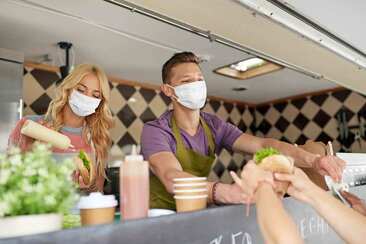
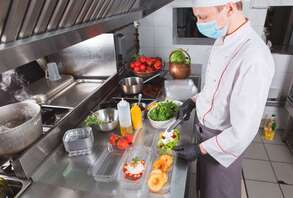
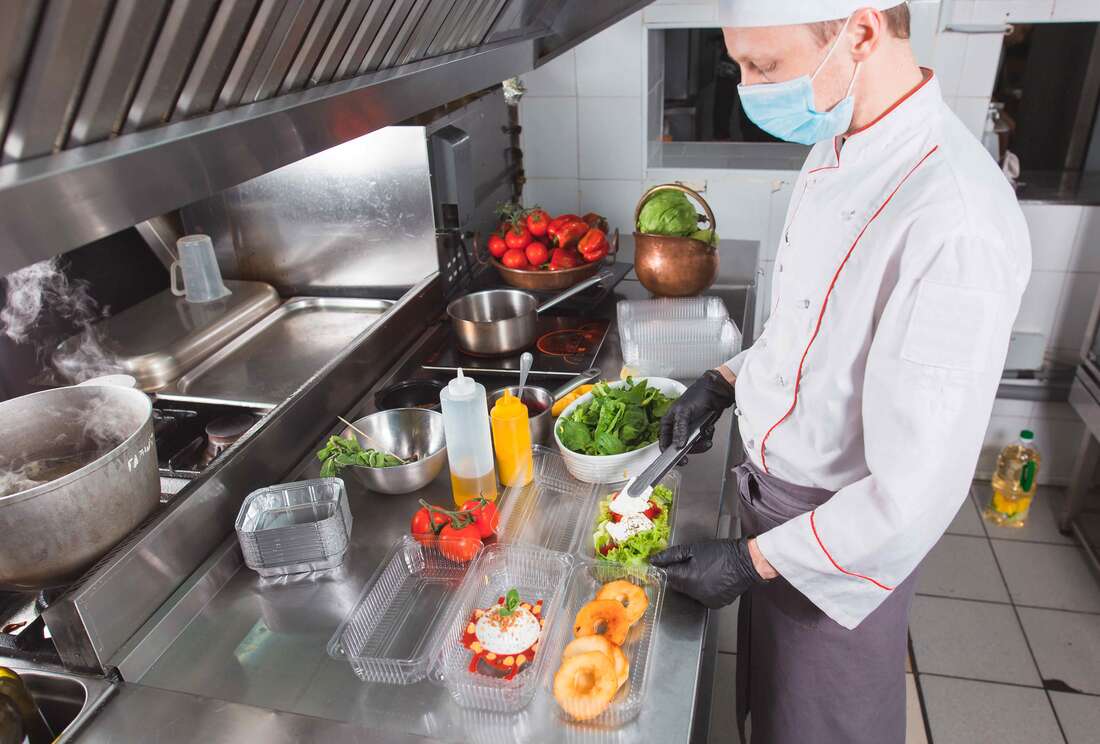
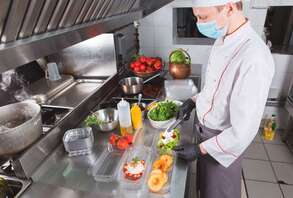
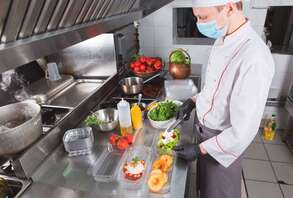
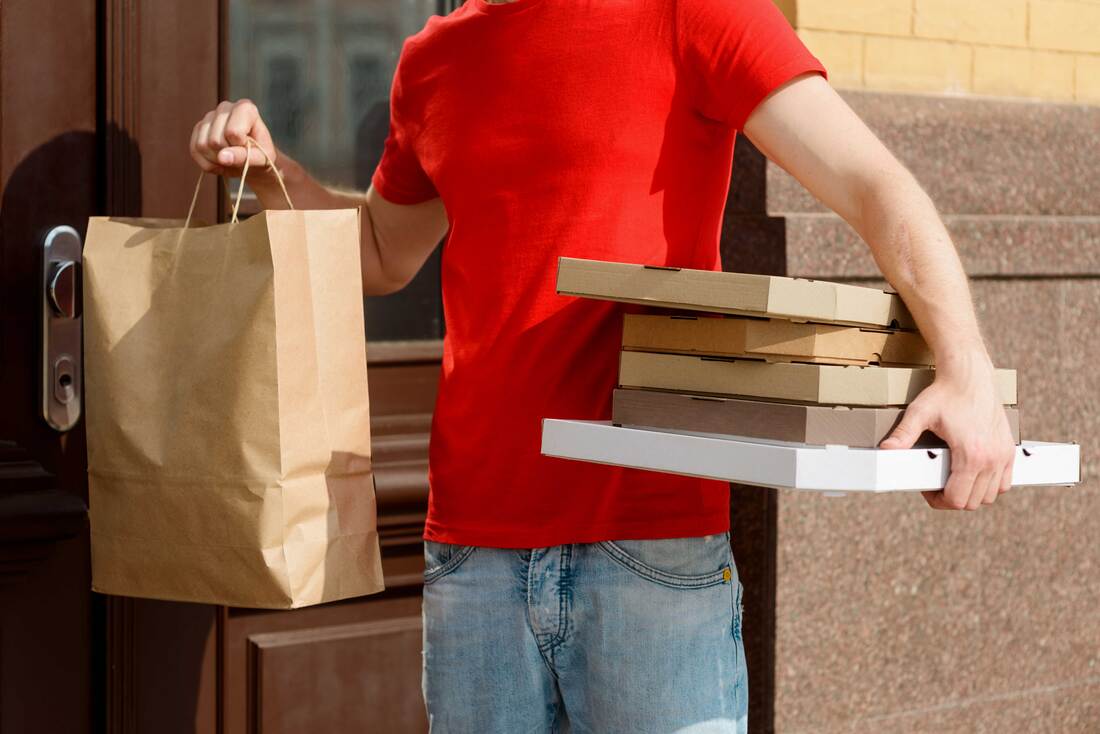
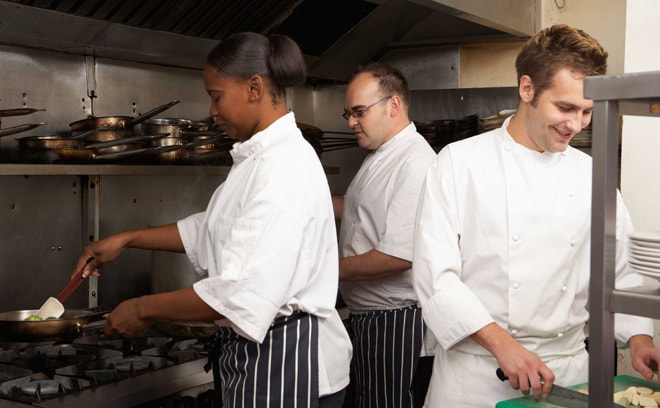
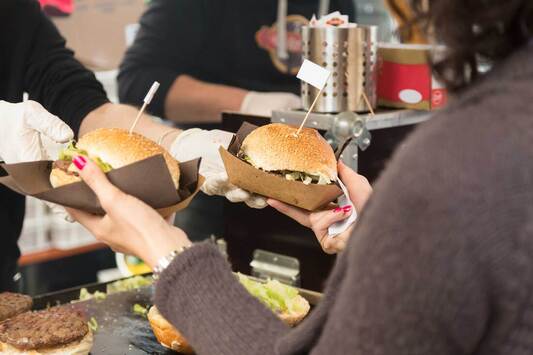
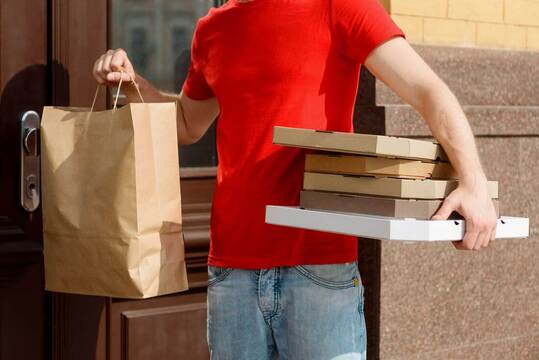

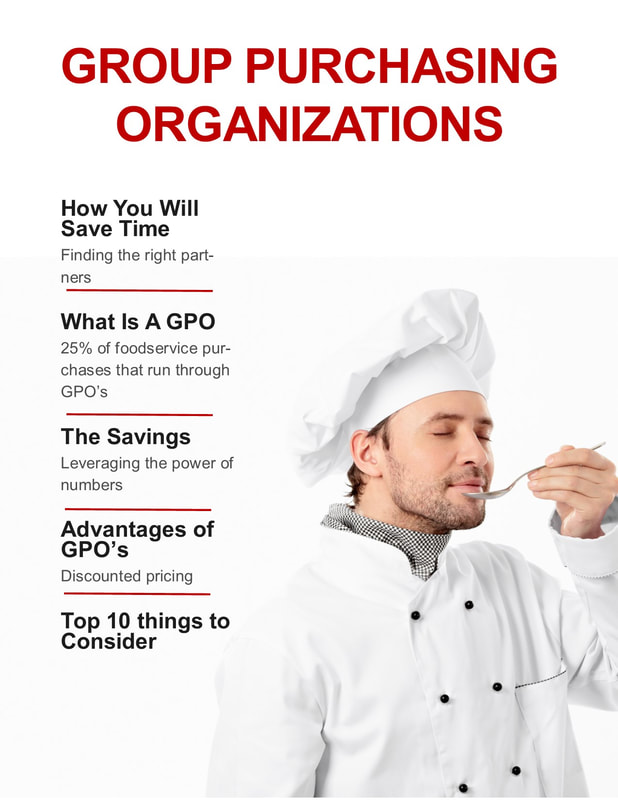

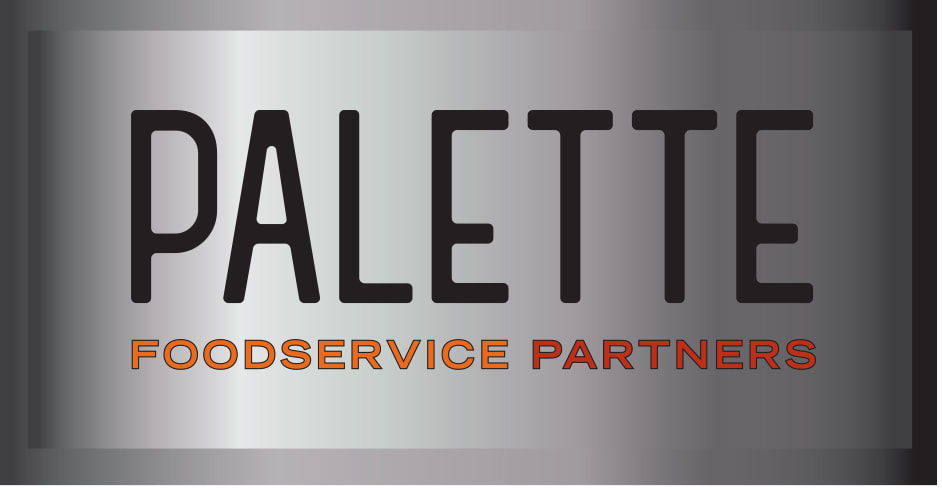
 RSS Feed
RSS Feed